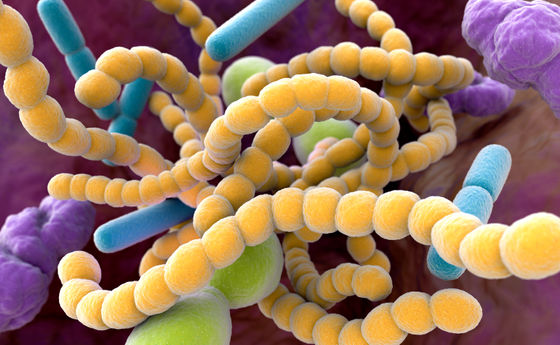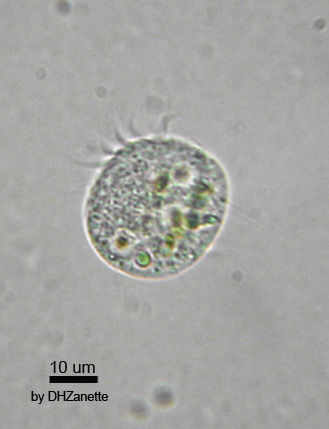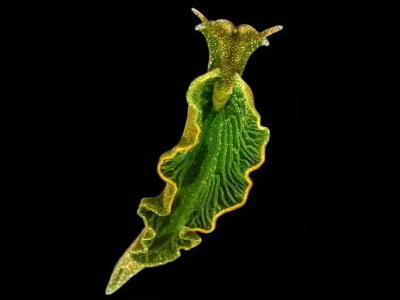Creatures that breed by eating viruses are discovered

by
Viruses are troublesome pathogens that multiply while parasitizing and destroying the cells of living things, as humans are keenly aware of the threat of the new coronavirus. However, it turned out that there is a microorganism that preys on such a virus and plays a big reversal play like Pac -Man. Due to the discovery of organisms that eat and reproduce viruses, a new food category, `` viral diet '', has been proposed alongside herbivores and carnivores.
The consumption of viruses returns energy to food chains | PNAS
https://doi.org/10.1073/pnas.2215000120
Eating viruses can power growth, reproduction of microorganism | Nebraska Today | University of Nebraska–Lincoln
https://news.unl.edu/newsrooms/today/article/eating-viruses-can-power-growth-reproduction-of-microorganism/
This time, the identification of microorganisms that prey on viruses was triggered by John DeLonge, a biologist at the University of Nebraska-Lincoln, who said, ``There is a huge amount of viruses in water, so they can be eaten. Isn't it strange?' In order to solve this question, Mr. DeLong looked at past literature and found that research in the 1980s reported that single-celled organisms could take in viruses, but it was not explored further. matter. Another study only pointed out that a type of protist reduces viruses in water.

The reason why the idea of a creature that eats viruses has never existed is that viruses are ingrained in the image of 'pathogens' and 'predators'. In the field of virology, viruses are treated exclusively as pathogens, and since virus particles are extremely small, even if a large organism accidentally puts them in the mouth, the effect would be nothing more than an error. Also, for bacteria, microbiologists have long treated viruses as `` top predators occupying the top of the food chain '' because they destroy cells and kill them by
Therefore, DeLong et al.'s research team collected water from a nearby pond and added a large amount of `` chlorovirus '', a virus known to infect green algae in freshwater. As a result, it was found that chlorovirus decreased to 1/100 in just two days, while a type of ciliate called Halteria multiplied by 15 times.
In order to investigate whether Halteria actually ingested the virus, the research team stained the chlorovirus gene with fluorescent green and administered it to Halteria, and the vacuole corresponding to the stomach of Halteria glowed green. In addition, it was found that Halteria cannot grow at all unless they are given chlorovirus, confirming that Halteria eats the virus and reproduces.

The research team estimates that one Harteria eats up to 10,000 to 1 million viruses per day, and in a small pond, 100 trillion to 10 trillion viruses are consumed per day. We estimate that
According to Delong, viruses are perfect sources of nutrition because they are composed of substances essential to life, such as carbon, nucleic acids, nitrogen, and phosphorus. In addition, even if a single virus particle is small, it exists in large quantities everywhere. It may play an important role in nutrient cycling in the food chain.
'The virus is made up of important nutrients, so any microbe would want to eat it,' DeLong said of the discovery. Now I have to go find out if this is true in the natural world.' showed the idea of investigating
Related Posts:
in Science, Posted by log1l_ks







